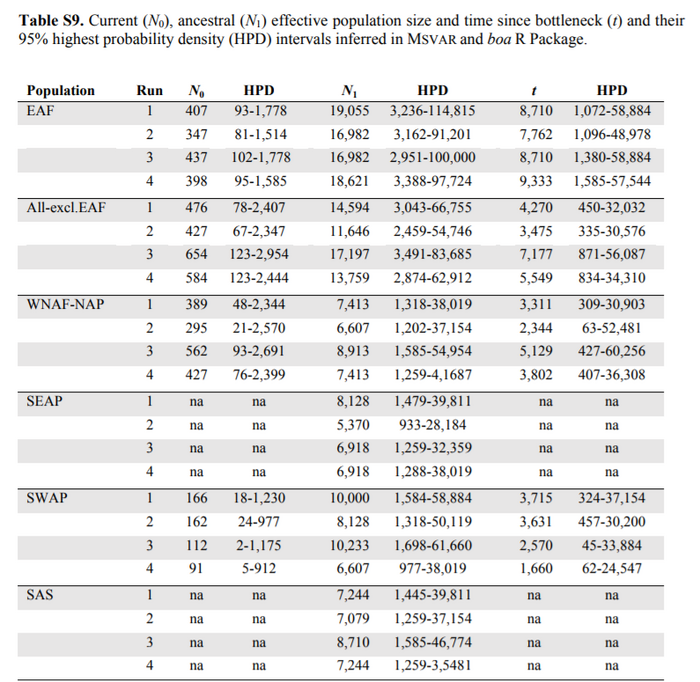It seems that Somalia got its camel culture directly from South Arabia. There seems to have been direct ties between the peninsula and the horn millennia ago.
Start at the last paragraph of page 38
https://goo.gl/P3NWn5
Start at the last paragraph of page 38
https://goo.gl/P3NWn5

 30 years and I return to the same dusty Tuulo just as I left it.
30 years and I return to the same dusty Tuulo just as I left it.

